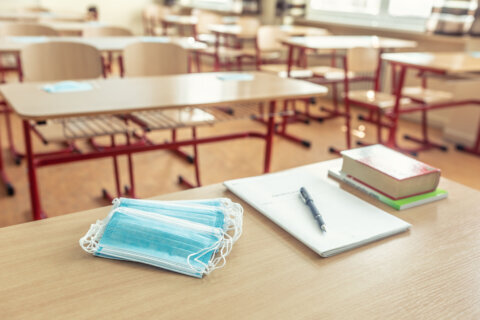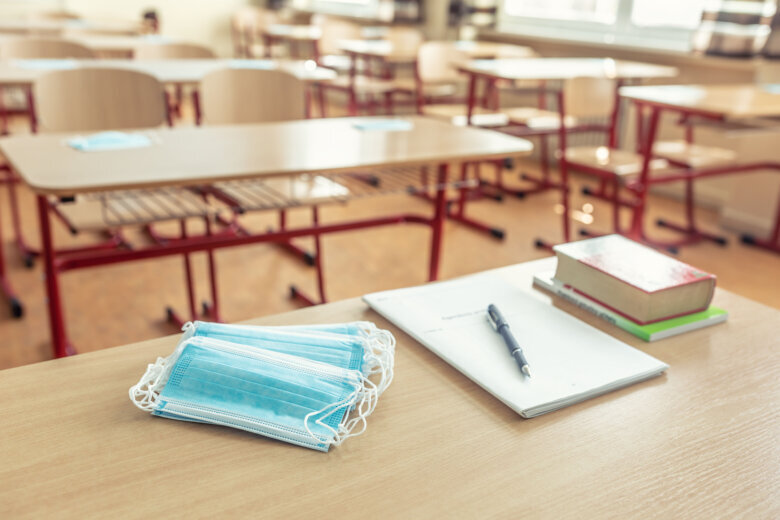
During a town hall discussing the spread of COVID-19 in D.C. schools, health officials discussed what’s being done to mitigate the spread and how these efforts will affect students moving forward.
The District’s public school officials have a goal to test 20% of its students every week, twice the Centers for Disease Control and Prevention’s 10% guideline.
Tia Brumsted, deputy assistant superintendent for Health and Wellness at the Office of the State Superintendent of Education, said the current COVID testing program provides a faster turnaround.
“Our schools are working to quickly identify positive students and close contact and to do our best job to dismiss or have students go into close-contact quarantine who truly need to be,” Brumsted said.
Dr. Phoebe Olhava is a radiologist from Massachusetts with a focus on public health and said the goal is to identify cases quickly in order to make necessary quarantine a top priority, which would allow schools to remain open.
A recent surge in COVID-19 cases at Whittier Elementary School led to all students returning to online classes.
“About 50% of transmission occurs before symptoms show up,” Olhava said. “Our goal is to identify people infectious with the virus and potentially could pass it on so we can keep them separate.”
She said “test-to-stay,” a screening test used as a public health tool that would allow schools to monitor disease after potential exposures, could help control spread and identify those who may be infectious.
The CDC is expected to announce more guidance around this method later this week.
Participants also discussed how students are tested in schools. The current testing method in D.C. schools uses PCR tests, a slower method compared to rapid antigen tests.
“There may be opportunities in the future to more widely provide antigen tests. There are Antigen tests available in our community,” Brumsted said.
When asked if getting students vaccinated should be the main focus, Brumsted said it’s a top priority.
“They are effective and are free and are our best tool to combat COVID-19. We also know that our young people need to be in school learning,” Brumsted said. “With layered mitigation strategies, schools can remain open safely for in-person learning as long as we are testing.”









